
Today is the feast day of St John the Baptist, a great saint of the Church. We are celebrating his birthday on the 24th of June.
He has another feast day in the Church Calendar, on the 29th of August we remember his death, his beheading. Both his birth and death are mentioned in the New Testament. The readings and psalms of today’s Mass (Is 49:1-6; Acts 13:22-26; Lk 1:57-66, 80) are beautiful. We are all reminded that we are formed in secret in our mother’s womb:
“Already You knew my soul,
my body held no secret from You
when I was being fashioned in secret
and moulded in the depths of the earth.”
Of course we are first aquainted with St John in his mother’s womb, when he jumped with joy. Newadvent.org reminds us of this beautiful fact:
"And it came to pass, that when Elizabeth heard the salutation of Mary, the infant" -- filled, like the mother, with the Holy Ghost -- "leaped for joy in her womb", as if to acknowledge the presence of his Lord. Then was accomplished the prophetic utterance of the angel that the child should "be filled with the Holy Ghost even from his mother's womb". Now as the presence of any sin whatever is incompatible with the indwelling of the Holy Ghost in the soul, it follows that at this moment John was cleansed from the stain of original sin.”

This also impresses upon us that Mary, the mother of God had to be conceived without sin, when we witness in scripture the removal of the stain of original sin from John the Baptist, six months after his conception.
I was reading my copy of Cooking for Christ, a lovely liturgical cookbook that Jenn had personally tracked down for me last year. It is as wonderful book as Jenn tells us! On the pages dedicated to St John the Baptist’s feast it mentions this interesting custom:
“Singing groups in the northern countries would go from door to door much like Christmas carollers only on this day they sang:
“Ut queant laxis resonare fibris (Do-re)
Mira gestorum famuli tuorum (Mi-fa)
Solve poluti labei reatum (Sol-la)
Sancte Johannes.” (Si)
“As thy sevants sing with full voice the marvels of thy works, do thou purify their sinful lips Saint John.” And as the hymn mounted the scale from Do to Si, the housewife of Latvia would rush rush to the door with her hands full of bread and cheese while her husband stood in the background holding a mug of beer with which to lure in the singers.”
I belong to a Gregorian Chant choir, Schola Cantorum. Our choir master often runs a couple of workshops each year and this is the first point discussed, which is always such a great fascination to the participants, not realizing that this wonderful saint’s hymn has given us the basis of the Sol-fa and the foundation for modern Western music!

When I first joined choir, I had no musical theory background at all BUT I had watched Sound of Music many, many times in my childhood. And so for most people, that is how they make any connection to the Sol-fa. I am so thankful for that movie, it gave me my own ‘base’ in which to build an understanding of the chant notation as I was learning it.

Information on Guido's Hand
So how did Saint John’s hymn give us famous medieval teaching aid, the Sol-far?
Well, I will quote directly from my choir master’s workshop sheet:
“It was all thanks to a famous teacher of music, Guido d’Aezzo who lived in the eleventh century. He worked at the Benedictine monastery of Pomposa, Italy. One of his teaching aids for beginners was the hymn in honour of St John the Baptist, Ut queant laxis. Guido had noticed that each of the first six phrases of this tune begins on a new note of the rising major scale, so you hear in sequence – and remember – the sounds DOH – RAY – ME – FAH – SOH – LAH. The ‘DOH’ used to be called ‘UT’ and this is the clue to the Latin syllables used for the not names; they came originally from the beginning of each line of the first verse of St John’s hymn:
So that we may freely sing
Thy marvellous deeds,
Cleanse thy servants’ lips
From all stains of guilt
O blessed John.”
Cooking for Christ book had also given the translation, slightly different use of words, but same meaning.
Listen here - Ut queant laxis.
So when you think of music as we know it, think of St John the Baptist!



































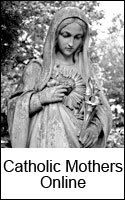

































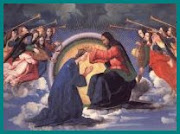











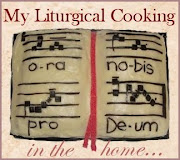




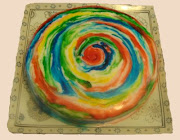


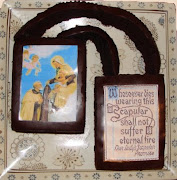












4 comments:
Dear Anne,
My dh is called Guido and celebrates his Names Day every year on Guido of Pomposa on March 31. Thank you for your text...I will show it to him as soon as he gets home.
Beautiful post, Anne. I'm sorry I haven't left a comment sooner. Your blog is just wonderful.
Very interesting - I've learned something new!
Thank you for your thoughts girls. Stephanie your dh is Guido! Is that a common German name?
Post a Comment